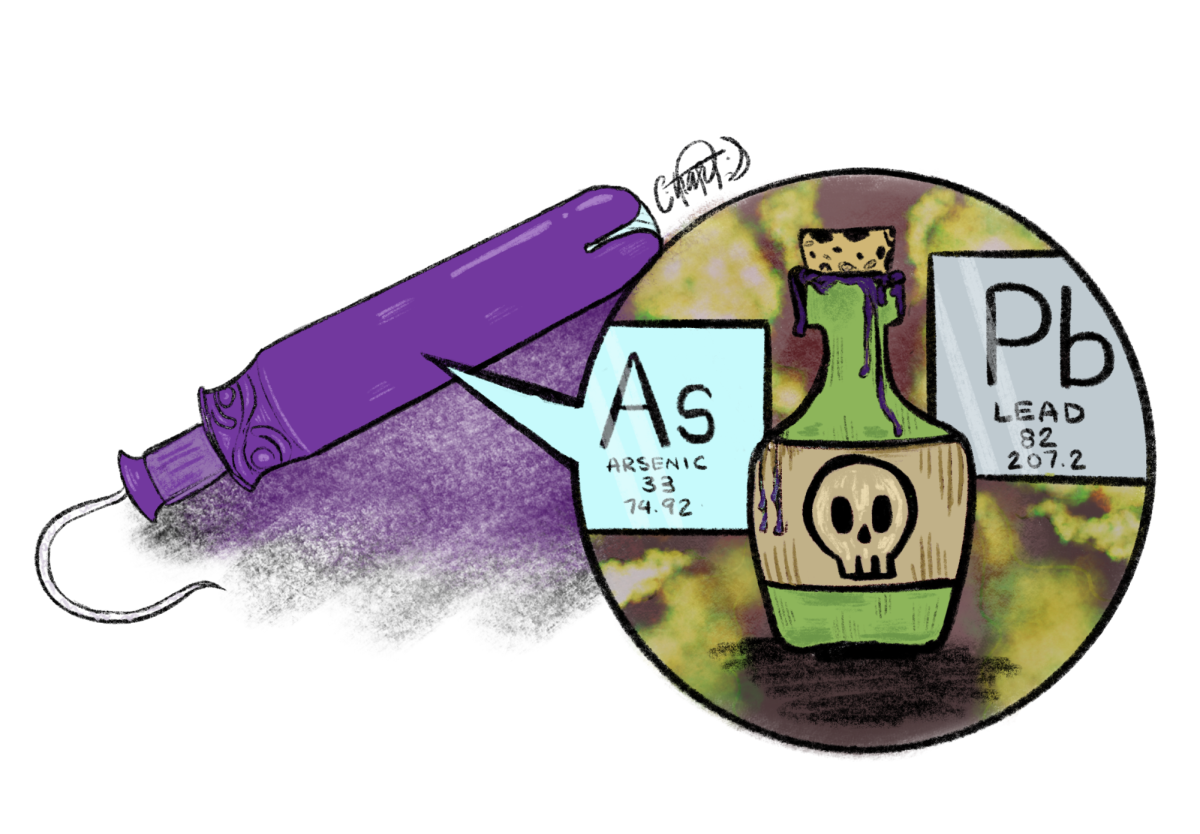In 2024, Norovirus, commonly known as the stomach virus, reached the United States again and remained a highly contagious illness.
In January 2024, three confirmed cases on a cruise ship sickened hundreds of other passengers.
Currently, this virus is the leading cause of inflammation of the stomach and intestines. The symptoms begin 12 to 48 hours after exposure to the virus and can last one to three days.
The virus is known for causing intense symptoms of nausea, vomiting, watery diarrhea, and stomach cramps. These symptoms could occur at the same time. During this time, those with the virus become dehydrated due to losing fluids through throwing up and going to the bathroom.
Kyle Huang ’24 said, “I felt sick with stomach aches. I kept throwing up, and I couldn’t seem to keep anything down. My stomach hurts a lot, like sharp cramps, and I have been running to the bathroom with diarrhea. I felt weak and tired and didn’t even have the energy to eat. It was just really uncomfortable and miserable.”
Norovirus is easily spread through contaminated food, water, and surfaces. This virus can be spread year-round, but the most common outbreaks occur in winter because it is colder and people gather together. It occurs most often in closed and crowded environments.
Twenty million cases in the United States each year cause vomiting and diarrhea; 465,000 individuals visited the emergency room, 109,000 were hospitalized, and 900 died. There is no specific treatment, and the individuals who had this virus recovered at home.







